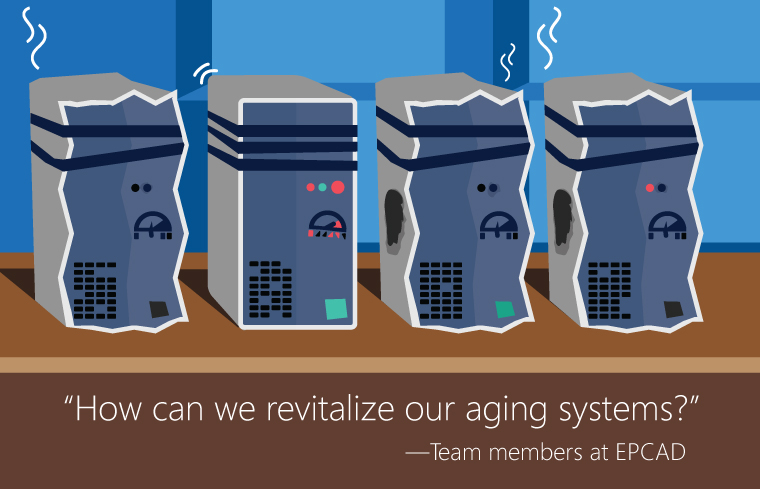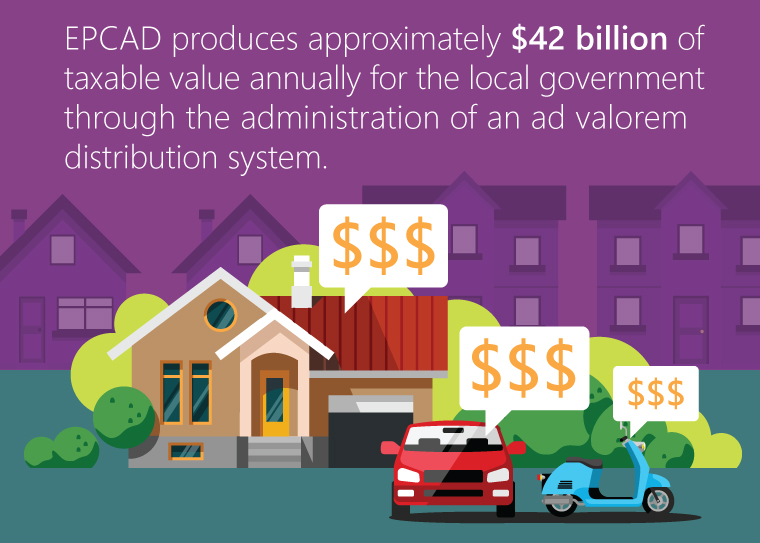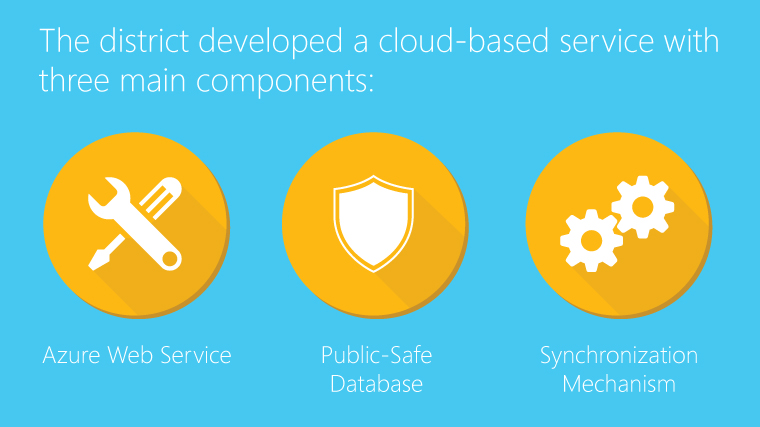
How the El Paso Central Appraisal District boosted transparency
| Focus on: Engage Customers, Transform Products |
In the 21st century, what can we get done with old systems? Technology evolves so quickly that it’s hard to imagine an organization running on servers and platforms from 2003.
Still, that was the problem facing the El Paso Central Appraisal District. After the 2009 creation of its website on SQL 2008 and Windows Server 2003, the district found itself plagued with accessibility and administrative issues.

That thought never escaped the minds of team members at EPCAD. They had to find a way to reinvent their processes. They had to find a way to enhance their performance, update their aging system, and optimize operations to improve compliance and security standards. In all, they had to find a way to better serve the community.
Through adoption of SQL on Microsoft Azure Government, EPCAD was able to streamline its services and create a more user-friendly, transparent website. The new, cloud-centric approach led to more secure databases and more possibilities for their data future.
This is a real story of digital transformation.
El Paso at a glanceForty-two billion dollars annually. That’s approximately how much in taxable value EPCAD produces for the local government through the administration of an ad valorem distribution system. The district is responsible for appraising all real and business personal property within El Paso County, Texas.

The EPCAD is expected to run seamlessly and provide stakeholders with accurate, timely information. However, navigation of its main site was difficult and tedious. Hardware was unable to keep up with performance demands, which meant it was challenging to load and access data. The aging website and database structure meant the district desperately needed to migrate from older, on-premises versions of SQL and Windows Server.
“We were starting to run into a lot of limitations,” says EPCAD Programmer Analyst David Martinez. “We also started to consider that the end of life was coming up on these systems. That’s what sparked our search for a better solution.”
Because of the struggling performance and outdated structure, instability and recovery time after incidents were high, leading to greater security risks. For some time, accessibility and administrative issues hindered the district’s growth. EPCAD needed quality platforms to combat these challenges.
“We started seeing the trend in regards to where services were heading and most everyone was moving towards the cloud,” says Martinez. “We started seeing advantages of having our infrastructure in the cloud, so once we started evaluating where we were and where we could potentially be, that’s when we started looking at Azure.”
The decision to mold processes around the cloud through Azure in combination with SQL Server led to the district streamlining operations and creating a more stable, reliable infrastructure.An infrastructure overhaulTo accomplish a daily synchronization with an on-site production database, the district developed a cloud-based service with three main components: Azure Web Service, Public-Safe Database, and Synchronization Mechanism.

The Azure Web Service provides a list of properties matching a search criterion. It also allows advanced searching by specific field for a more conventional data set. The Public-Safe Database is a subset of the production database and is available for public consumption. Datasets are preprocessed to ensure removal of confidential and unreleased information. The Synchronization Mechanism allows for a seamless data replication to the website.
In order to ensure a fast and reliable synchronization, staff developed a system: Azure BACPAC Exporter (ABE). This system synchronized the Production Database to Azure and updated the connection strings with no downtime using different SQL methods.
All of the components work together to create a reliable, fast, cloud-based service. The integration of the cloud solution also benefits citizens in terms of transparency.
Since their new platform needed to be able to handle sensitive data, El Paso chose Microsoft Azure Government for its industry-leading security and compliance certifications, including IRS 1075.
EPCAD is a public entity, which means that citizens expect some form of governmental visibility. The new and improved website has reduced the number of open record requests by the public.
“Employees are able to work in other areas as needed,” says Martinez. “They can work on streamlining processes and can do more R&D or IT work instead of dealing with requests.”
More visible information for the public leads to transparency and leads to greater productivity for employees.EPCAD: Eyes to the future“As a public entity, we are very much interested in portraying that we are able to provide people what they need,” says Martinez. “The minimized overhead now means people can go to our website and basically serve themselves.”
Minimized overheard means staff is more productive, affording workers more time to focus on expanding IT. For now, expanding IT means looking into integrations of Power BI with SQL for smarter insights and reporting for public-facing stats.

Integrating SQL Services to the district’s website and implementing Azure resulted in stronger performance, mobility, and security. No longer did the district have to worry about physical hardware, or slow and unreliable recovery times. The move to the cloud meant the district saved time and money for employees and taxpayers.
When asked about advice for other districts or organizations looking to move to the cloud and digitally transform, the EPCAD team says it all comes down to one thing: “Invest in your data future.”
Microsoft is proud to partner with the El Paso Central Appraisal District as they continue to transform government for their citizens.
Related Content
- Read more real stories of Digital Transformation
- Gartner insights: Government cloud trends webcast
- Digital transformation for government eBook pack
- Not all clouds are created equal fact checker





